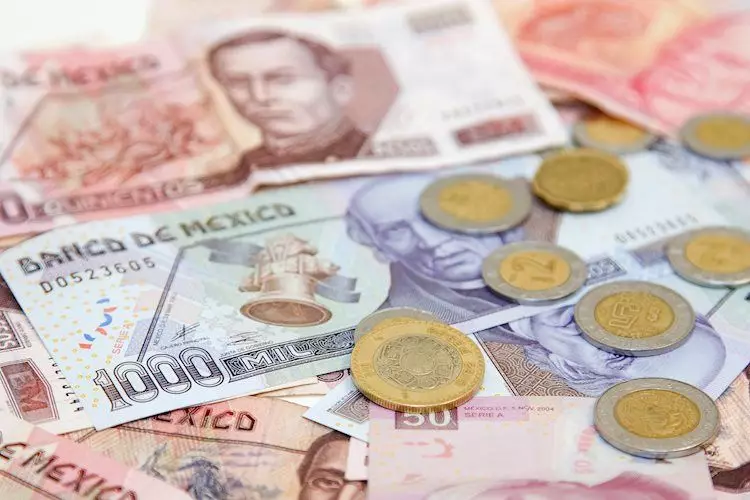Recently, Mexico’s central bank, Banxico, made a surprising decision to lower interest rates by 25 basis points in a split vote of 3-2. This move signals a shift towards further easing policies, despite concerns about inflation and economic growth. The decision was unexpected by many and has sparked discussions about the future trajectory of the Mexican economy.
Banxico’s board revealed projections for key economic indicators, such as the Consumer Price Index (CPI) and core inflation rates. The CPI is expected to rise to 5.2% in the third quarter of 2024 before edging down to 4.4% in the fourth quarter. The central bank anticipates that inflation will reach its target of 3% plus or minus 1% by the fourth quarter of 2025. Core inflation is projected to decline to 3.9% by the end of 2024 and hit 3% by the following year.
In addition to inflation concerns, Mexico’s industrial production dipped from 0.7% to 0.4% month-over-month, signaling economic stagnation. Despite exceeding estimates, the annual basis showed even further decline at -0.7%, reinforcing worries about the state of the Mexican economy. These trends raise questions about the future growth prospects and the effectiveness of Banxico’s monetary policies.
Following Banxico’s decision, the USD/MXN exchange rate experienced fluctuations, with the pair reaching a six-day low of 18.76. While momentum supported the Peso’s recovery, challenges lie ahead as the exchange rate faces key resistance levels. Market dynamics play a crucial role in determining the value of the Mexican Peso, with factors such as foreign investment, remittances, and geopolitical trends influencing its performance.
The central bank’s decision to lower interest rates can have a significant impact on the Mexican Peso’s valuation. Higher interest rates generally strengthen the Peso by attracting more investors through higher yields. On the other hand, lower interest rates tend to weaken the currency. Moreover, macroeconomic data releases play a key role in assessing the state of the economy and influencing the Peso’s value. Strong economic indicators can bolster the Peso, while weak data can lead to depreciation.
As an emerging-market currency, the Mexican Peso’s performance is closely tied to market sentiment and risk appetite. During risk-on periods, when investors are optimistic about market conditions, the Peso tends to strengthen. Conversely, during times of market turbulence or economic uncertainty, the Peso may weaken as investors flock to safer assets. Understanding these dynamics is crucial for predicting the future performance of the Mexican Peso.
Banxico’s recent rate cut and economic projections have raised concerns about the state of the Mexican economy. While inflation remains a key focus for the central bank, other indicators such as industrial production and exchange rates also paint a complex picture. Factors such as interest rates, macroeconomic data, and market sentiment will continue to influence the value of the Mexican Peso in the months to come.


Leave a Reply